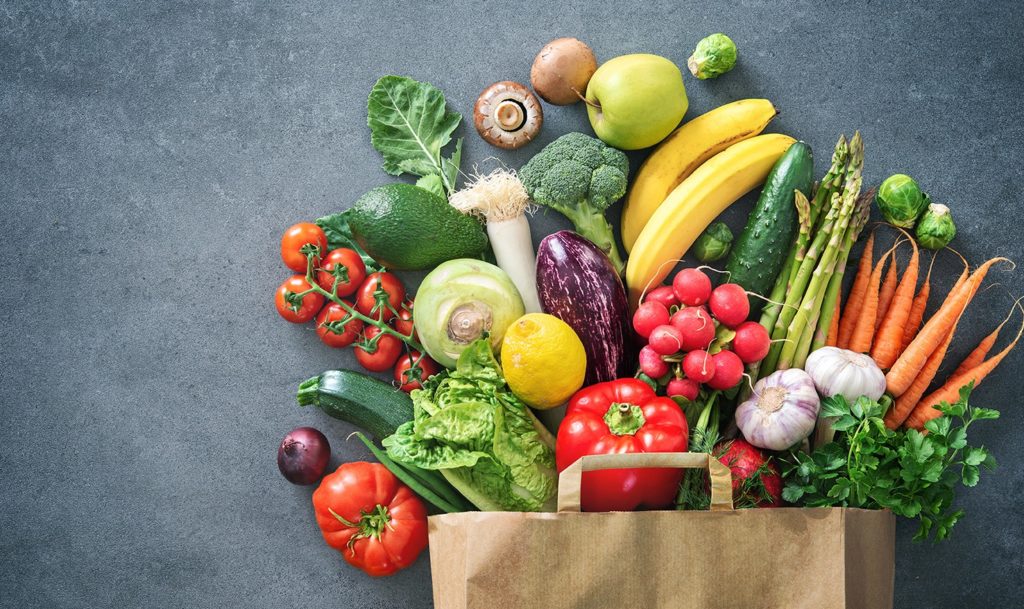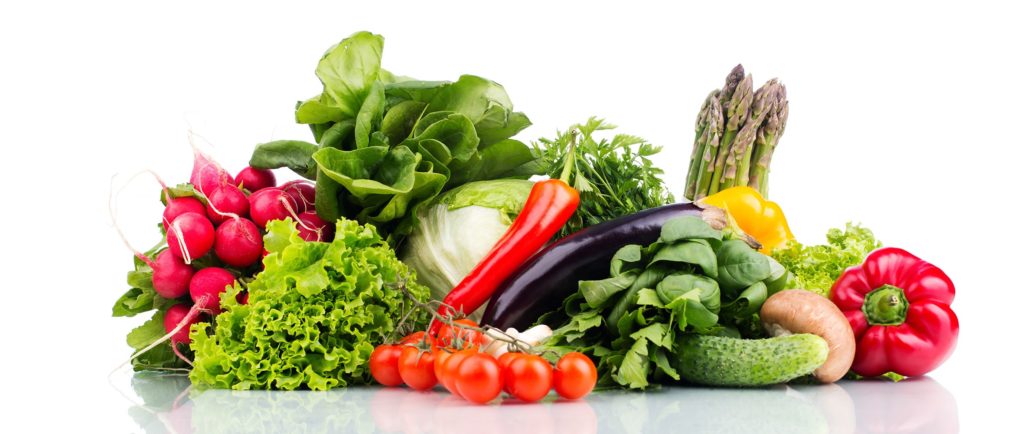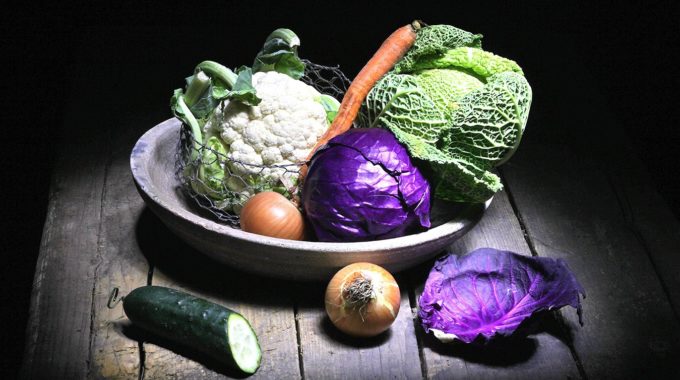Vegetable consumption in the spotlight
Increasing our national vegetable consumption should be a priority for Australia’s COVID recovery, say nutrition and agriculture sectors. They’ve joined forces to make it happen.
Nutrition Australia and AUSVEG, co-leads of the Fruit & Vegetable Consortium, are working together to make increasing vegetable consumption a national priority as we recover from the pandemic. The industry groups have unified under a health-agriculture sector position to encourage people to eat more vegies. With Fruit & Vegetable Consortium members and more than 250 supporting organisations, the group is also calling on both sides of politics to invest $100 million in growing vegetable consumption across the nation.

Building and nourishing our nation
Increasing consumption of Australian vegetables can play an important part in rebuilding our vegetable-growing regions. It will also help to nourish Australian kids and their families. Further, the group says boosting vegetable consumption will deliver measurable benefits to our social, economic and environmental wellbeing for generations to come.
“This type of cross-industry collaboration between the health and agriculture sectors will not only improve health outcomes; it will also help build resilient regional communities and deliver economic benefits that far outweigh the cost of investment,” says Nutrition Australia Victoria CEO and Fruit & Vegetable Consortium co-Chair, Lucinda Hancock.
If Australians ate an extra cup of vegetables every day, we could wipe more than $200 million per year from our ballooning health budgets, Hancock says. Increasing vegetable consumption can help lower rates of chronic diseases including certain cancers, diabetes, heart disease and kidney diseases. It can also help to halt the national rise in obesity.
“With appropriate levels of investment and cross-industry commitment to work together, we can turn low vegetable consumption around,” she continues. But we have to act soon. Australians are already eating 13kg fewer vegetables per year than they did in 2001.”

A boost for health and the economy
Michael Coote, AUSVEG CEO and Fruit & Vegetable Consortium co-Chair agrees. “Increasing vegetable consumption will lead to improved health and wellbeing outcomes,” he says. “But it will also lead to a stronger economy and more employment.
“Increasing vegetable consumption will generate as much as $1 billion economic value after 11 years to Australian taxpayers and governments at all levels,” he says. “Every new job created in the Australian food industry also supports an additional job in the regional economy. More people eating more vegies is good for the economy and our future”.
The latest calls for government investment are supported by a compelling business case and evidence base developed by Fruit & Vegetable Consortium members over the last three years. The group has plans to continue its engagement with influential policymakers across multiple departments and all political parties leading up to the 2022 federal election.

10 ways to vegify your day
Need some inspiration to boost your vegetable consumption? It’s a lot easier (and tastier) than you might think. Try these ideas for starters.
1. Add chopped vegies such as tomatoes, onion and capsicum to omelettes and quiches.
2. Use puréed vegies like broccoli, celeriac and pumpkin as a base for soups.
3. Use a spiraliser to make zucchini noodles to serve with pasta sauces like bolognese.
4. Add vegies like carrots, green beans and potatoes to casseroles, stews and curries.
5. Add vegies like peas and mushrooms to risottos and in pies.
6. Make vegie kebabs, or combine vegies and meat on kebabs to grill on the barbie.
7. Try plant-based versions of your favourite family meals.
8. Use mashed or puréed sweet potato in baking, like this recipe for sweet potato and cinnamon bread. You could also try this sweet potato stir-fry.
9. Make vegie-packed Buddha bowls and smoothies.
10. Try cauliflower flour to make muffins and banana breads. You can also make this cauliflower schnitzel and salad recipe for a meat-free meal.
For more information on the Fruit & Vegetable Consortium, head to thefvc.org.au









